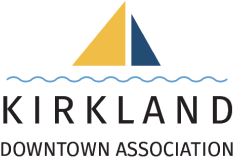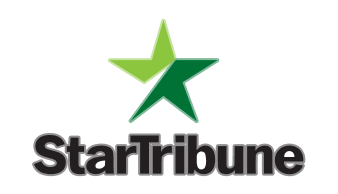Wealth Strategies for Professionals with Equity Compensation
Custom financial planning and asset management strategies that incorporate your RSU, ISO, NQSO, ESPP, and Stock Options/Equity Awards

As Seen In














Do You Receive Equity Compensation From Your Employer?
We have the experience and expertise to help you confidently assess your investment opportunities
Seek to maximize your equity compensation and employer benefits with a customized tax-efficient financial plan
Focus on what you love with who you love, knowing you have a solid plan in place
Approach retirement with a plan that aligns with your goals and values
Goals-based Services
A plan designed just for you that focuses on your current and long-term goals
Financial
Planning
Bring all your finances together in an organized, goals-based plan that gives you the freedom to pursue what matters most.
Private Wealth
Management
With a wide variety of investment options available, we will develop a custom, tax-efficient investment strategy that prioritizes your goals and objectives.
Risk
Management
Protect your assets with a comprehensive insurance plan that aligns with your risk tolerances and long-term objectives.
Approach Your
Investments, Equity Awards,
and Life Goals With Clarity
and Confidence
We understand everyone’s financial situation is unique.
From financial planning to leaving a legacy to your heirs
and everything in between, we are here to help.
"*" indicates required fields
About Us
Using our equity compensation expertise to help you
confidently manage your wealth
Specialized
Work with an investment fiduciary financial advisor who has specialized CFP® experience you deserve
Customized
Align your financial solutions and strategies to your goals and objectives
Optimized
Incorporate your compensation, benefits, investments, goals, and insurance needs into a comprehensive, custom financial plan
Who We Work With
Specializing in equity-compensated professionals
We work with equity-compensated professionals with over $500,000 in investable assets

Schedule Your Complimentary
Wealth Review
Feel confident and secure about your future with a
comprehensive and personalized wealth management plan.
Let’s get to know each other with a 30-minute introduction phone call. If
we seem like a good fit for your needs, we will book a complimentary
consultation session to dive deeper into your unique situation.

